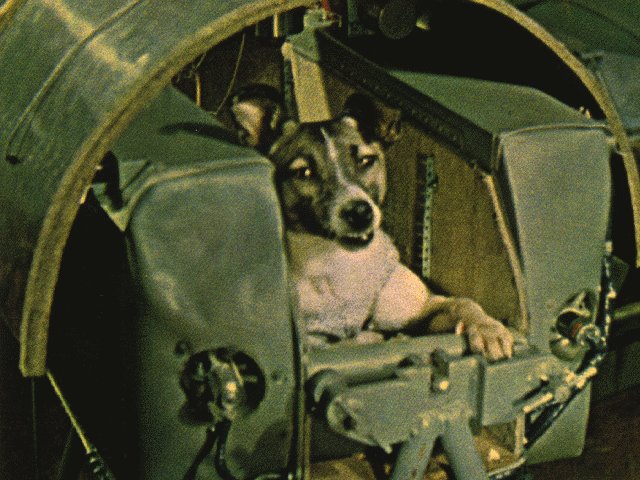In all of the back-and-forth about the killings in Benghazi — all of the he-said, she-said, they-said, and who-knew-what-and-when-did-they-know-it — I haven’t heard any of our leaders lay out this simple point:
Four U.S. citizens are dead who shouldn’t be.

(Will UN Monitors Investigate This Tragedy? by roberthuffstutter, from Flickr under Creative Commons.)
Those men — Ambassador Christopher Stevens, Glen Doherty, Tyrone Woods, and Sean Smith — posed no threat to Libya, and indeed posed no threat to individual Libyans. Their mission was diplomatic, and peaceful, and in general respectful and helpful to Libya as a nation and its citizenry. Yet armed marauders, in a coordinated assault, overpowered and killed them.
Four Americans are dead who shouldn’t be.
Why are they dead? First, for the simple reason that they were U.S. citizens.
Not because they had done or said anything specific, and not even because they worked under the current administration.* They were targeted because they represented the U.S. What does that mean for the rest of our diplomats, or for any of us who may travel abroad? Call it paranoia if you like, but it seems to me there are forces in the world that consider each of us, and all of us, legitimate targets because we are U.S. citizens.
It appears there may be another reason they are dead. Not because of a video presentation, but because increased security that might have been afforded was — for reasons as yet unknown — not provided. It is fruitless at this early stage, as investigations proceed, to speculate on whether a legitimate need went unmet, or whether the reasoned allocation of limited resources produced a scarcity where a surplus was needed. I am willing to wait for the professionals to determine what was known, and when, and whether the preparations and responses were reasonable, but in the end the tragic truth will remain:
Four of my countrymen are dead who shouldn’t be.
In the immediate aftermath of the attack, it was heartening to see some Libyans step forward to express regret over the attack that killed four men they knew, at heart, to be friends of Libya. It would be more heartening to see those who love peace take steps to apprehend and punish all the perpetrators, and then to work diligently to moderate the extreme rhetoric and the frequent recourse to violence we have seen in Islamofascism.
But no amount of contrition or action on the part of moderate Libyans will bring back our people.
Four U.S. citizens are dead who shouldn’t be.
And we have every right to be pissed off about that. I’ll even go so far as to say that if you’re a U.S. citizen and you’re not pissed off about the fact that four of your countrymen were killed for no good reason, then I think you need to re-evaluate your loyalties.
___
*If the Ambassador and his staff had been associated with the current administration instead of the U.S. as a whole, would they have been targeted? Possibly. The current administration has shown itself to be friendly, if not actually accommodating, to those who do not support the best interests of the U.S.; however, it has largely (and correctly, in my opinion) continued the national security policies of the previous administration.



 by
by 
















